Archive for August, 2011
Introducing the Vines, Part II – Meet the Nelsons
It’s long past time to introduce the Nelson County vines, but before I start, let me once again acknowledge that it’s a bit of a stretch to refer to seven vines as a vineyard. But hey, it’s a stretch I’m willing to make. One is a vine, two or more is a vineyard, right?
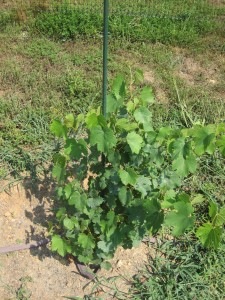
- “Nelson Mandela,” the tallest, noblest of our Cab Franc vines, named for one of the truly great figures of the 20th century.
The Nelson County property is the site for the real vineyard we plan to put in, and the seven vines we’ve planted fall into the category of experimental. As my wife, the Vineyard Goddess, puts it, we want to make our mistakes on these vines, so that we’ll know what we’re doing when we plant the main vineyard.
The vineyard itself is a small plot, surrounded by a deer fence, with five Cab Franc vines and two Mammolo Toscanos. The Cab Franc were purchased from Double A Vineyards, a nursery in New York state. They were ordered for delivery in the middle of April, a bit late in the season, but it took me a little time to get my arms around the idea that I could actually get everything done in time to plant vines this year. We ordered 12 in all, and the other seven were planted at our Fairfax property, where I thought I could keep a close eye on them. Continue Reading–>
Outsmarting Birds and other Vineyard Predators
The grapes at DuCard Vineyards are starting to ripen nicely, which means that pretty much every creature that walks, flies or crawls is out to feast on them.
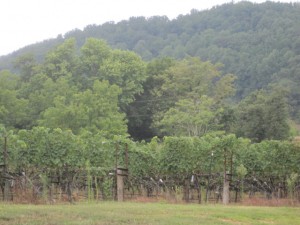
DuCard Vineyards in mid-August. The Cab Franc grapes are looking beautiful. Should be another great vintage for DuCard
There’s an old saying that goes something like this: when the deer begin eating the grapes, the Brix (a measure of the sugar level) is 20, when the birds begin feeding, it’s 22, and when the bees go after grapes, it’s time to harvest. (If anyone has a more accurate take on that little bit of country wisdom, please post a comment!)
That aphorism probably ascribes a level of precision to nature that can’t be verified with scientific instruments, but it does give you an idea of what the grape farmer is up against. After a growing season in which the vines are threatened by any one of a dozen pests or diseases, not to mention the vagaries of weather, Mother Nature presents a whole new set of challenges just as the grapes are reaching perfection.
Saturday’s vineyard management class at DuCard focused on a number of these problems, and some of the tried and true solutions that have been used by viticulturists for years. Some are high tech, like the box that transmits sounds of birds in distress throughout the vineyard, and others are decidedly low-tech: balloons and CDs hanging from trellises in spots where they’ll catch a bit of sunlight. All three seem to work pretty well.
Birds apparently have some early warning systems. They understand the vineyard is supposed to look a certain way, and when they see something out of the ordinary, they look for safer pastures, so to speak. The CDs catch a glint of sunlight, and are visible to the birds as they approach, sending off the signal
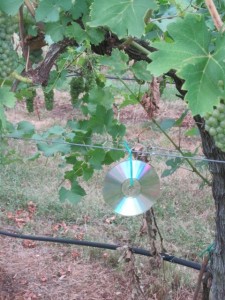
Any old song will do: Not sure if it matters which CDs we hang from the vines, they all seem to scare the birds.
that something is not quite right here, so move on, and be quick about it. The balloons accomplish the same thing. In other vineyards, I’ve seen foil streamers flying in the breeze, which has the same effect.
And the deer will be coming soon as well. DuCard is located in the midst of open country, some of the most beautiful country you’ll ever see, and so it’s home to more deer than any of us can count. The electric fence is going up this week, and between the fence, the balloons and the CDs, Scott thinks he has “about a 95 percent solution,” which I think is a nice compromise with nature.
While walking through the vineyard Saturday, I tasted a few Cab Franc and Viognier grapes, and was impressed by the sweetness. We’re getting toward the end of the period of veraison, the time in which the berries stop growing in size and begin ripening, turning color in the process. The Cab Franc gapes, for example, were about 80 percent there (by my own seat-of-the-pants measurement), with most of the grapes blue-black in color, and only a few still greenish. They’re looking magnificent, and the growing sugar level was evident on my tongue when I tasted the grapes.
As we move toward harvest, the sugar will continue to increase and acidity will drop. The seeds inside the grape will turn color from their current green to more of a brown, and will lose their bitterness. Soon, Scott Elliff, DuCard’s owner, and Julien Durantie, his vineyard manager, will begin testing the grapes regularly, taking advantage of both technology (checking the Brix with a refractometer), and the knowledge that comes from years of working in vineyards (looking at the seeds, chewing the skin to get an idea of the tannins, etc.)
The day of the harvest can’t be predicted this far in advance, and of course each of the four varieties of grapes Scott grows will ripen at different times. But at some point for each, everything will come together, and Scott will make the judgment that it’s time to get the grapes off the vine and onto the crush pad.
And then we can start dreaming about the wine.
WBC11 – A Conference for Wine Bloggers
I’ve been meaning for a week now to write something about the Wine Bloggers Conference (WBC11) that was held in Charlottesville July 22-24. It was a well-planned, well-executed conference, but what I think was most important about it for the purpose of this blog is the way it showcased Virginia’s wine industry. Some 325 bloggers from around the country attended, and they were all exposed in a variety of ways to Virginia wine.
While I was gathering my thoughts, I had occasion to read two really terrific posts from Frank Morgan on his blog, "Drink What You Like." I started to respond to the post, and my piece turned out to be too long for a comment – probably too long for a blog post, for that matter – so I decided to submit a trimmed-back version to his blog and run the extended piece here. If you haven’t yet seen Drink What You Like, trust me, it’s well worth a visit.
What’s great about these two posts (A View from the Punt, I and II) is the perspective it provides from “the other side of the bottle” – the views of those who were pouring their wines at this conference. I had actually been wondering what the winemakers, vineyard managers, marketing directors and others who poured during the conference thought about the event and about the bloggers. They pour (sorry for the pun) their lives into their wines, then pour the wines for people who sniff and swirl it for a few moments before rendering judgments that can be generous in their praise or critical to the point of being mean-spirited. Continue Reading–>

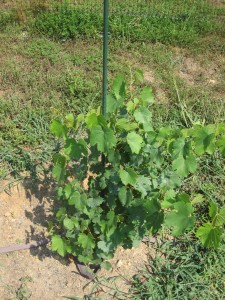
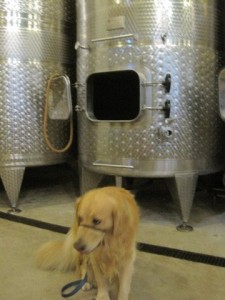
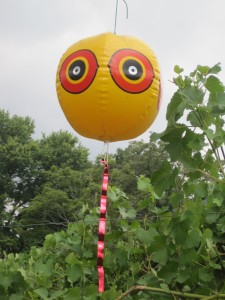


Recent Comments